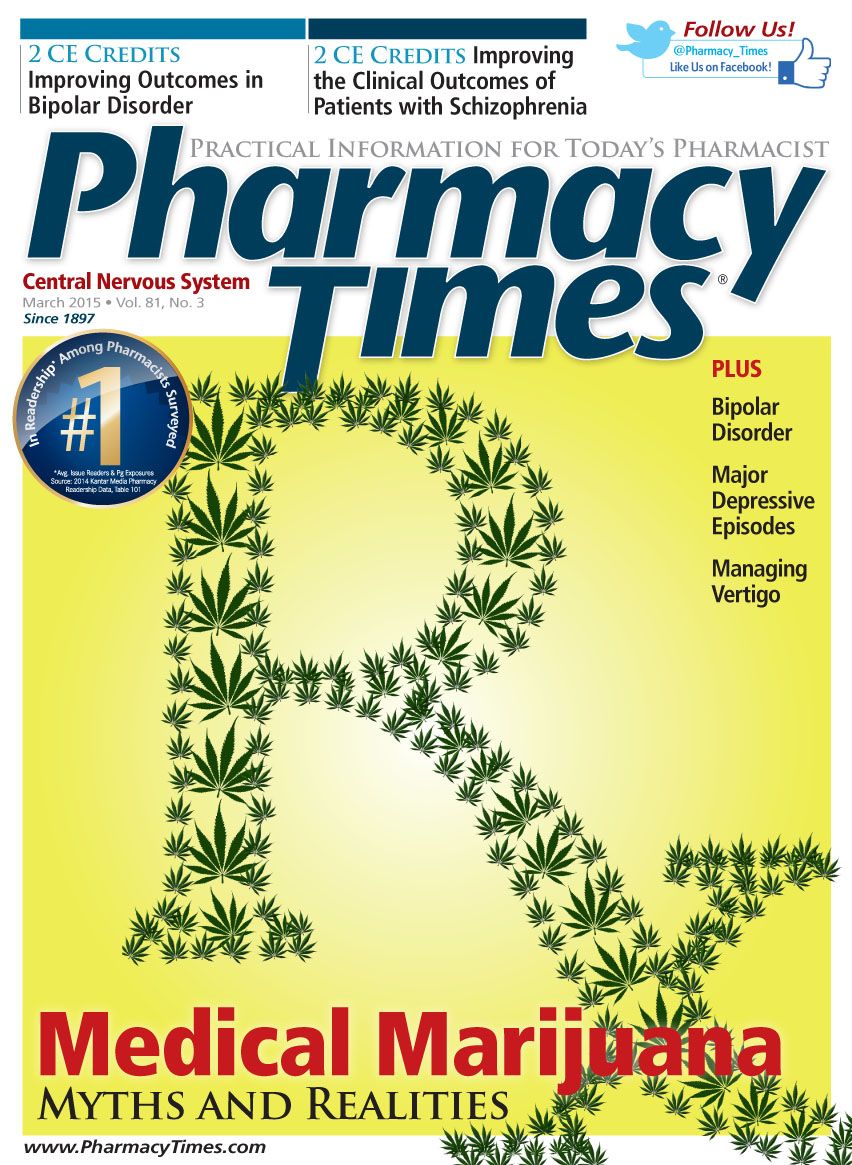Common Pesticide a Potential Risk Factor for ADHD
A study examining the frequently used pyrethroid pesticide deltamethrin suggests that the substance may affect the development of the brain's dopamine system, potentially increasing the risk of ADHD in children.
A study examining the frequently used pyrethroid pesticide deltamethrin suggests that the substance may affect the development of the brain’s dopamine system, potentially increasing the risk of ADHD in children. The study, published online January 28, 2015, in the Journal of the Federation of American Societies for Experimental Biology, found that mice exposed to deltamethrin in utero and through lactation displayed several symptoms of ADHD, including dysfunctional dopamine signaling in the brain, hyperactivity, working memory, attention deficits, and impulsive behavior.
The research team also analyzed the prescription records and urine samples of 2123 children and adolescents, as well as questionnaires in which parents were asked whether their children were ever diagnosed with ADHD. The researchers discovered that children with higher pyrethroid pesticide metabolite levels in their urine were more than twice as likely to have been diagnosed with ADHD.
“Although we can’t change genetic susceptibility to ADHD, there may be modifiable environmental factors, including exposures to pesticides, that we should be examining in more detail,” said study lead author Jason Richardson, associate professor in the Department of Environmental and Occupational Medicine at Rutgers Robert Wood Johnson Medical School and a member of the Environmental and Occupational Health Sciences Institute.
The study authors noted that young children and pregnant women may be more susceptible to pesticide exposure because their bodies are not as quick to metabolize the chemicals. This theory led Richardson to emphasize the need for additional studies to evaluate the potential effects of pesticides on these at-risk patients.

